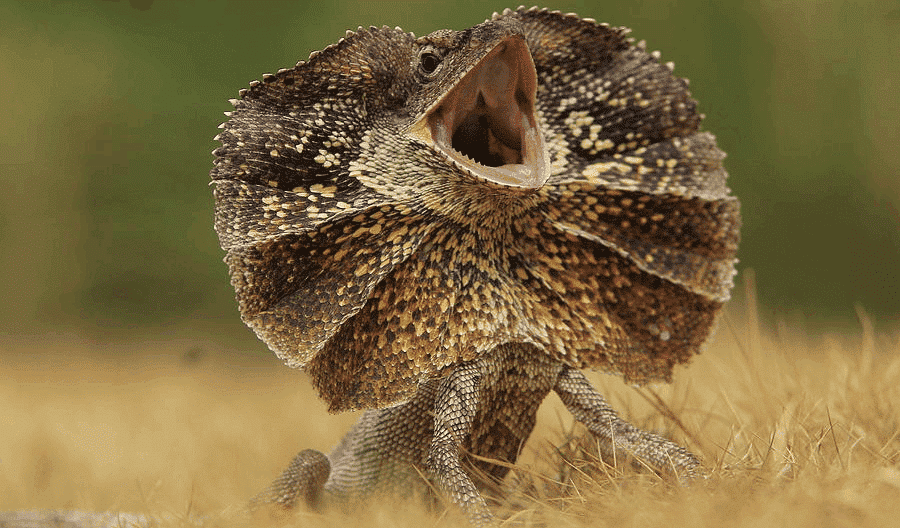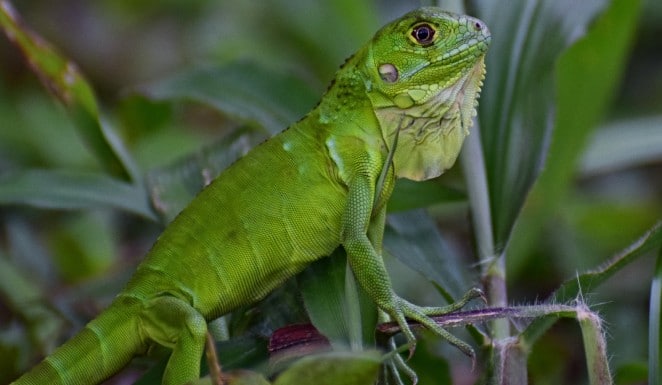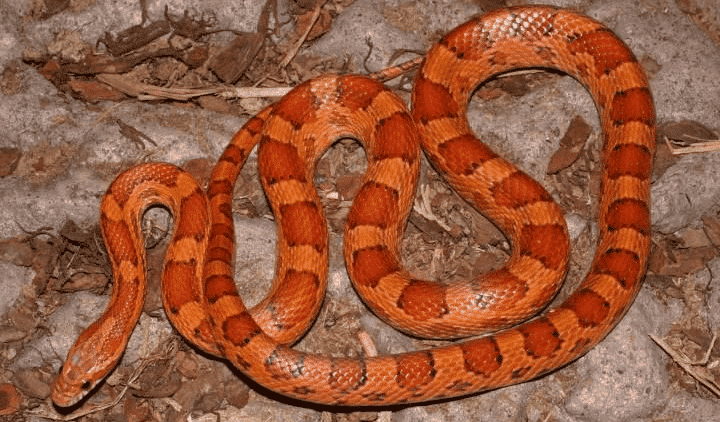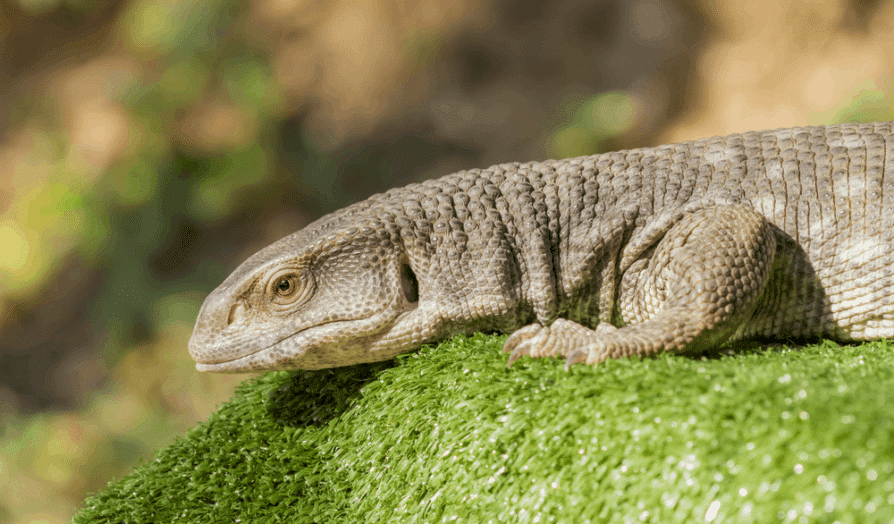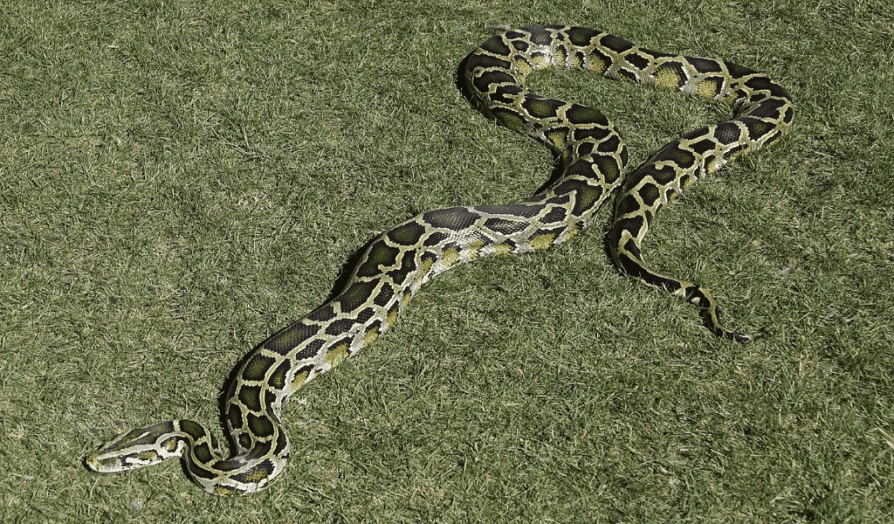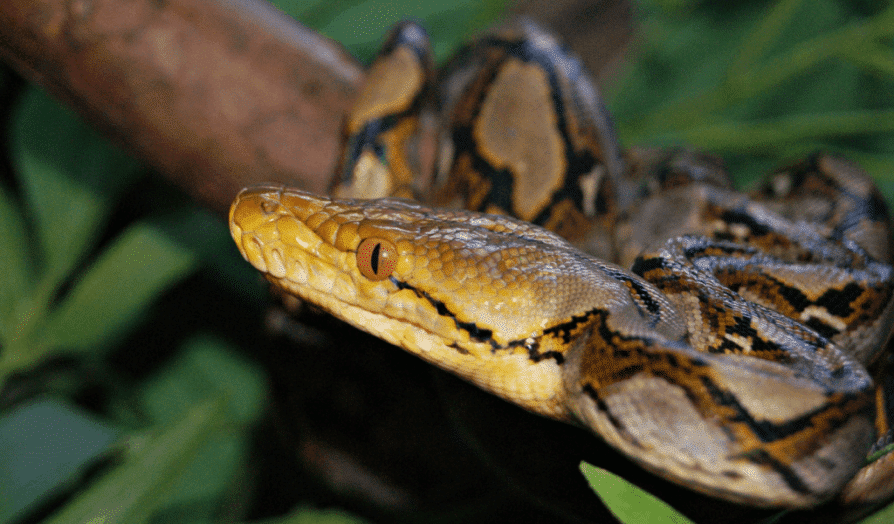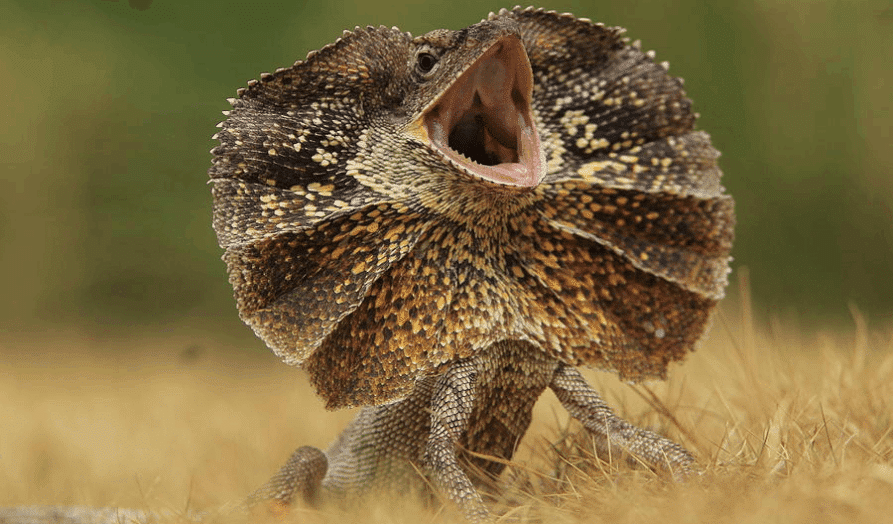Geographic Distribution: Northern Australia and Southern New Guinea.
Habitat: sub-humid and semi-arid forests of grasses and dry forests. It is an arboreal species, so it spends most of its time on tree trunks and branches.
Diet: They spend about 90% of their time on top of trees and only go down to the ground to feed. They are mainly insectivorous (e.g. ants, spiders, grasshoppers and termites), but also feed on small mammals (e.g. rodents).
Reproduction: They are oviparous. Mating season corresponds to the rainy season, so, in the wild, it starts in October/November and lasts until February/March. Males are quite territorial and use their “frills” to attract potential partners. The female lays the eggs (between 4-13, average of 8) in a hole that she digs in the ground, in sandy areas and without vegetation, directly on the nest so that they can receive sunlight throughout the day. Incubation time will vary depending on environmental temperature (between 67-135 days) but on average it is around 70 days.
Behaviour: It´s a diurnal, arboreal, solitary and very territorial species. These lizards are more active during the wet season. They are well known for their biped locomotion during a race, posture that it adopts when threatened, running to the nearest tree or hiding in the middle of the vegetation. When cornered, its behaviour is the one they´re most famous for, in which they face the threat by adopting a defensive posture expanding their “frill” (skin membrane), opening their mouth , stretching and lifting their tail in the air.
Conservation Status: Less Concerning (LC).
Curiosities: like the Kangaroo and Koala, the Frilled Lizard has also become one of Australia’s most symbolic species.
Threat factors: Although not threatened, this species has been affected by habitat destruction due to forest fires in Australia (usually affecting about 30% of the population), which consequently also leads to them being more preyed upon by their natural predators (birds of prey, dingos, wild cats). Another threat is the illegal trade of this exotic species.
Scientific name: Chlamydosaurus kingii
Class: Reptilia
Order: Squamata
Family: Agamidae
Dimensions: 85 cm length
Weight: ♂ 870 g ♀ 400 g
Lifespan: 15-20 years



